Whitewater kayaking, an invigorating and dynamic water sport, immerses participants in a heart-pounding journey down tumultuous rivers and cascading waterfalls. This adrenaline-infused adventure demands a unique blend of skill, courage, and a profound connection with nature. Within this article, we delve into the exhilarating realm of whitewater kayaking, exploring the inherent dangers that contribute to its both challenging and rewarding nature.
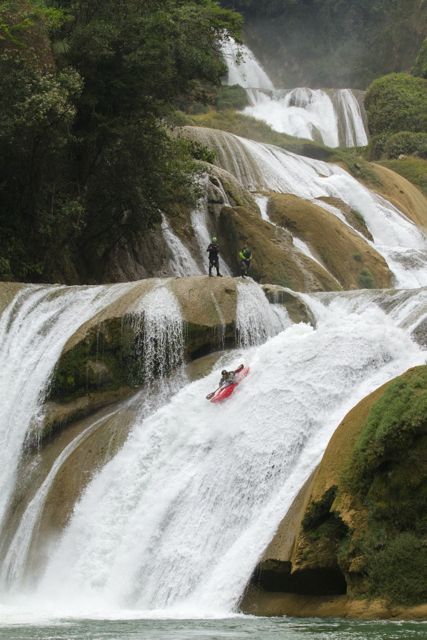
Navigating the Rapids:
Central to the essence of whitewater kayaking is the exhilarating challenge of maneuvering through rapids, which are turbulent and swiftly flowing sections of rivers. The sport is classified into different classes, ranging from Class I (easy) to Class VI (extremely difficult and perilous). Each class signifies a distinct level of intensity, with higher classes demanding advanced skills and a heightened awareness of danger.
Technical Proficiency:
Whitewater kayakers must possess a considerable level of technical expertise. Paddlers utilize specially designed kayaks that are shorter and more maneuverable than their traditional counterparts. Mastering the ability to read the river, comprehend water currents, and perfect various paddle strokes is imperative. Navigating through obstacles like rocks and eddies demands split-second decision-making and precise execution.
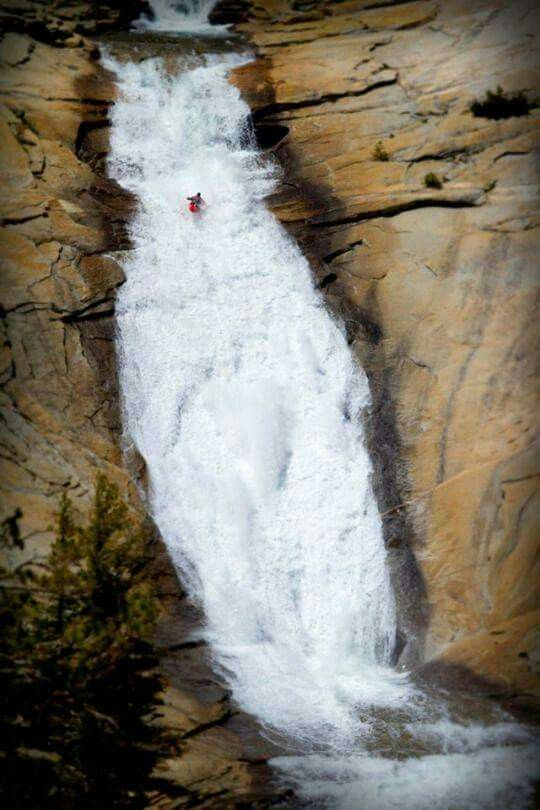
The Element of Risk:
While the thrill of whitewater kayaking is undeniable, the inherent dangers introduce an additional layer of complexity. Fast currents, submerged rocks, and unpredictable water conditions make this sport inherently risky. Unforeseen challenges such as capsizing or entrapment can occur, underscoring the need for a strong focus on safety protocols and teamwork.
Safety Protocols:
To mitigate risks, whitewater kayakers adhere to strict safety measures. Wearing essential safety gear, including helmets, life jackets, and protective clothing, is non-negotiable. Additionally, mastering the Eskimo roll—a technique to right a capsized kayak—can make the difference between a thrilling adventure and a potentially perilous situation.
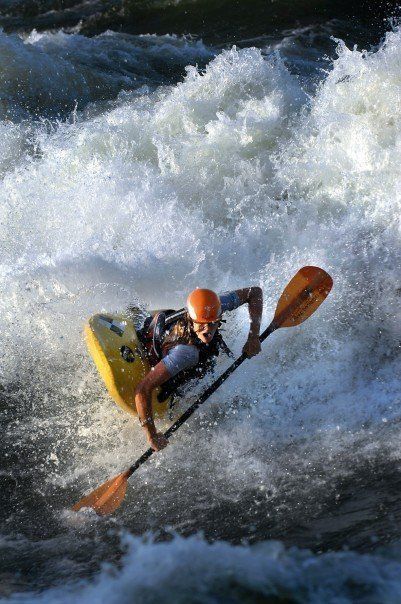
Environmental Bond:
Beyond the exhilarating rush and technical skill required, whitewater kayaking provides enthusiasts with a distinctive connection to nature. Paddling through breathtaking landscapes and challenging environments offers an intimate experience with rivers, waterfalls, and the ecosystems that envelop them. This connection fosters a profound appreciation for the natural world.
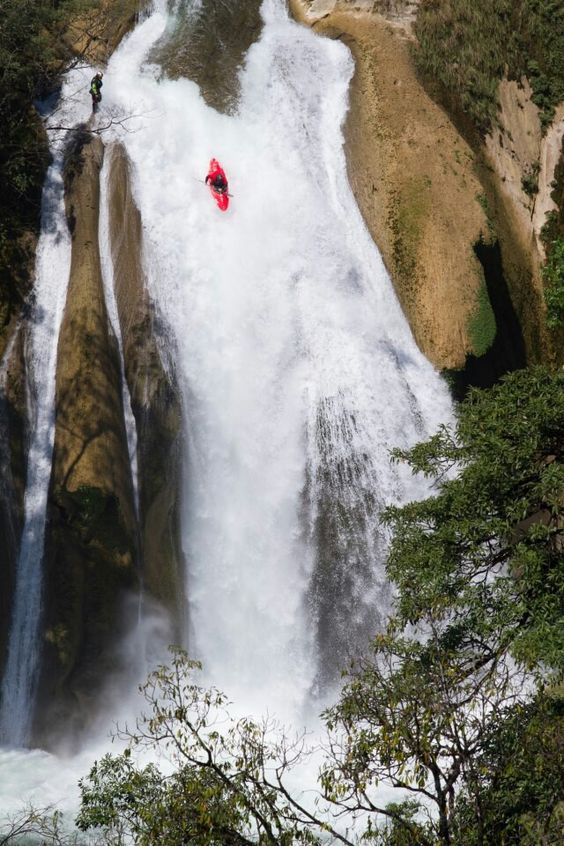
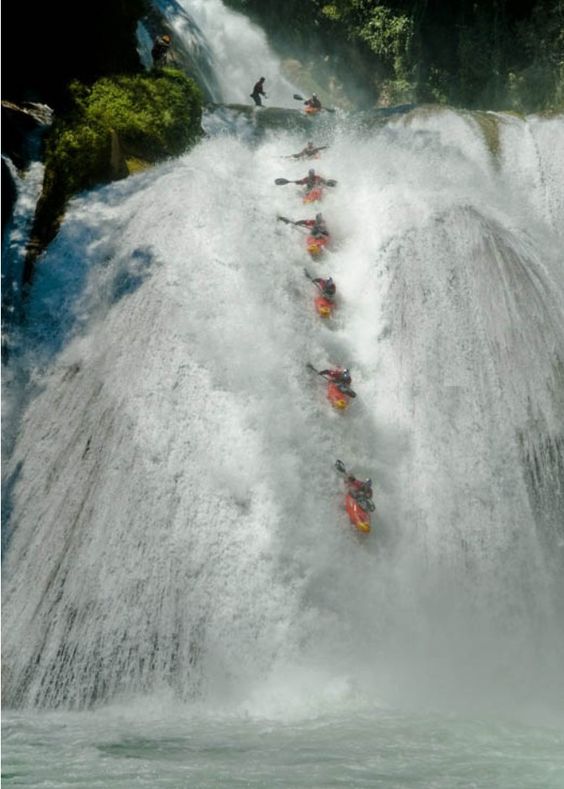
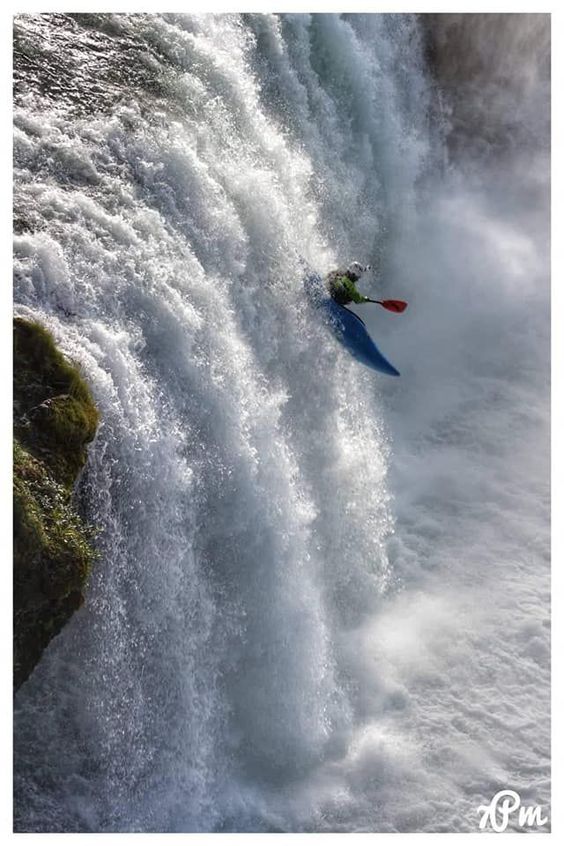
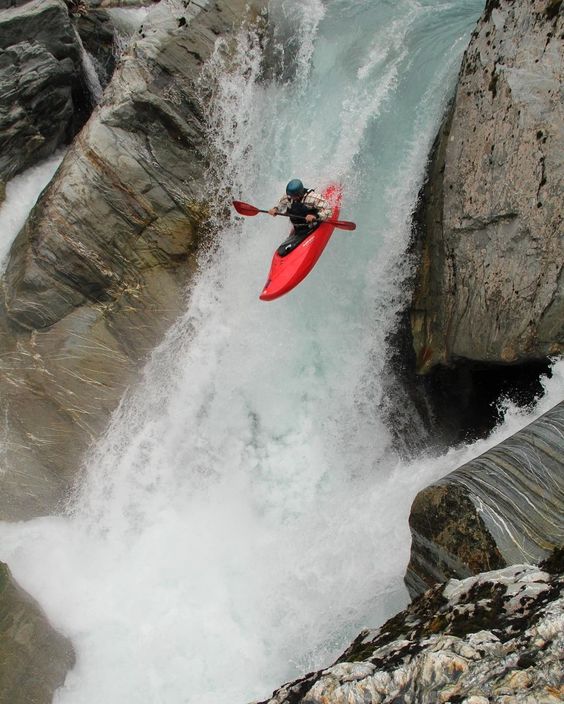
Whitewater kayaking is a captivating blend of adventure, skill, and danger. Enthusiasts are drawn to the sport not only for its adrenaline-inducing nature but also for the profound connection it fosters with the great outdoors. As with any extreme sport, mastering the necessary skills and adhering to safety precautions are paramount to ensuring a thrilling yet safe experience on the roaring rivers.





